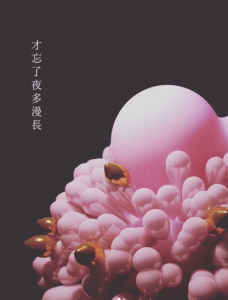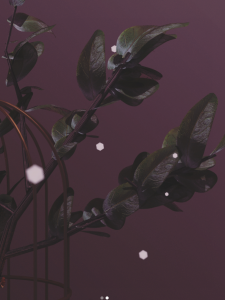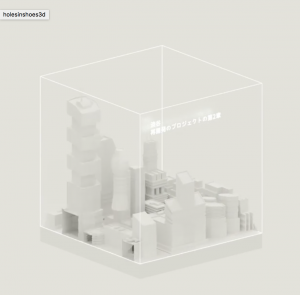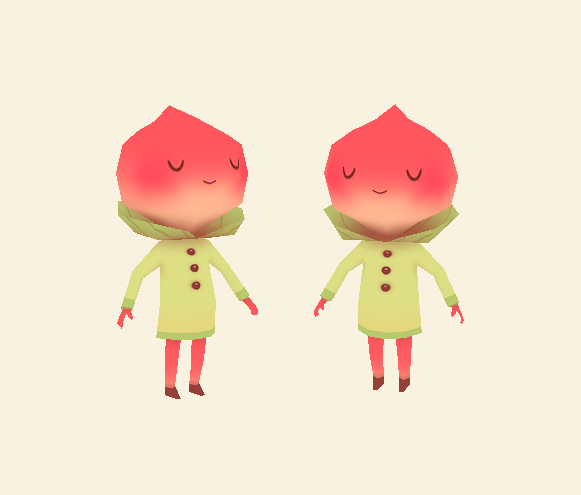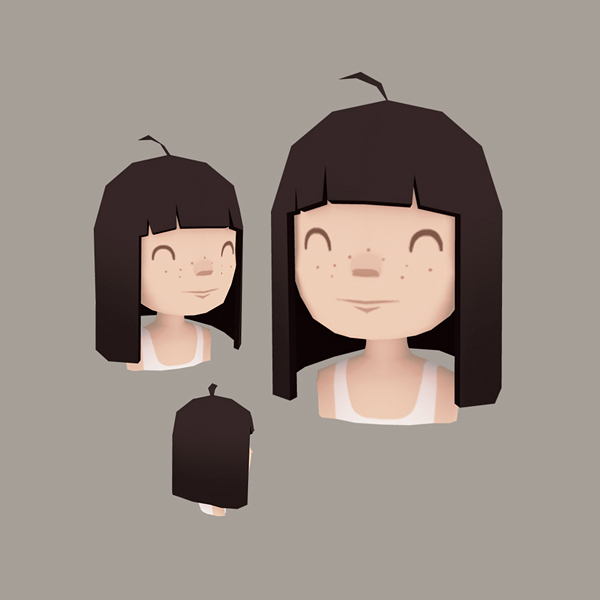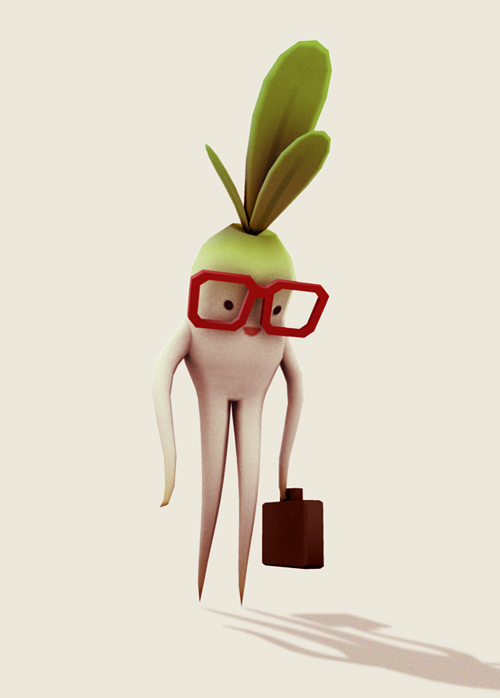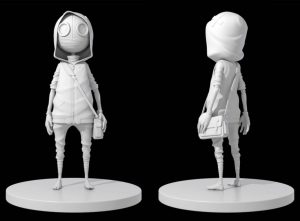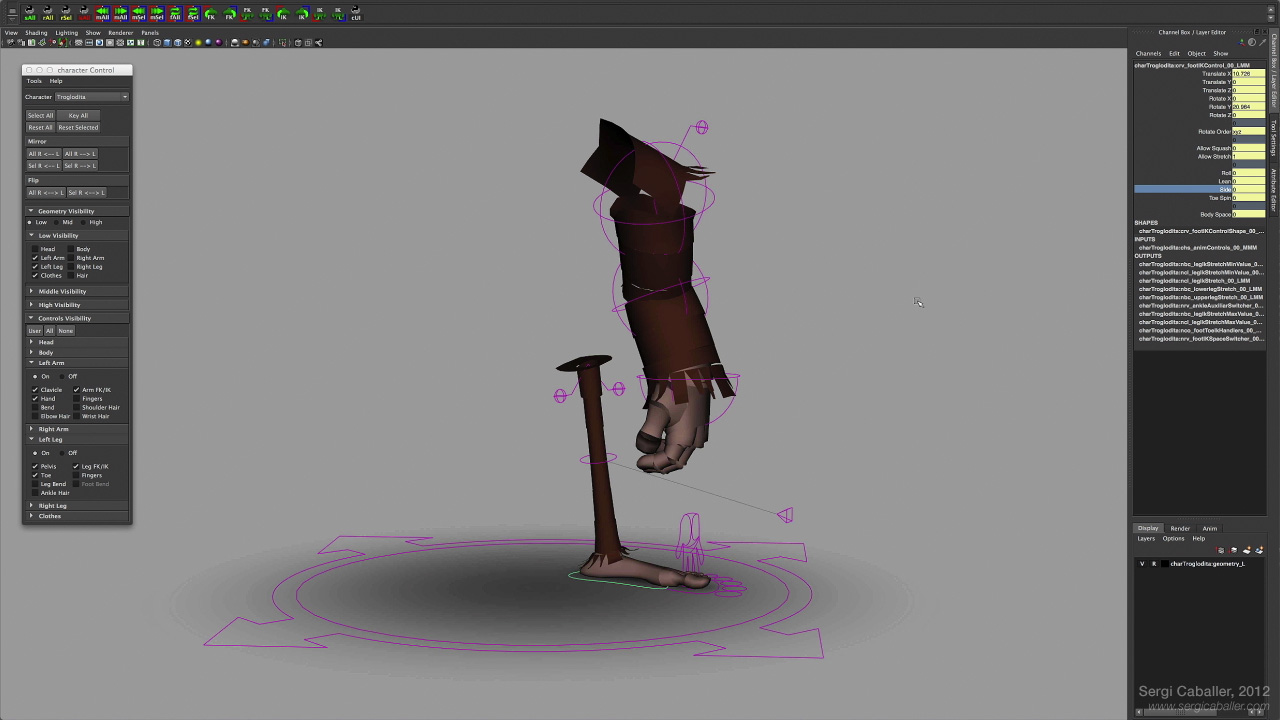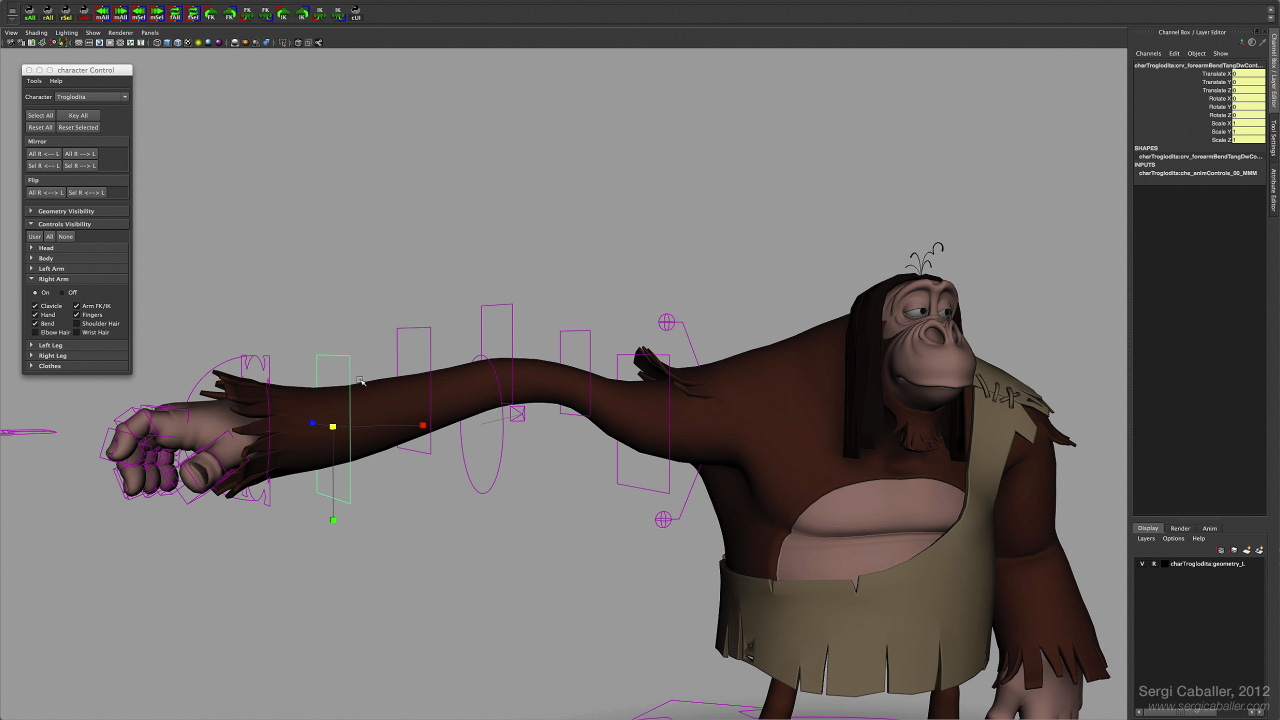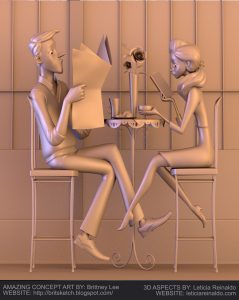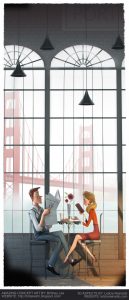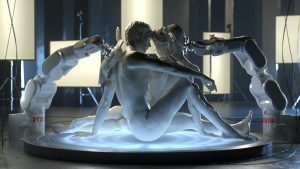
Created using custom algorithm derived from repetition in nature
Yoichiro Kawaguchi is a well known pioneer in the field of Computer Graphics since 1975. He is best known for his “GROWTH Model” and “metaballs,” which are algorithms that he developed from growth patterns in natural forms like shells and plants. These algorithms have helped him create and animate many life-like and fluid-like forms through coding. Although created in the 1900s, I am really intrigued by his algorithm generated works such as Eggy (1990) and Festival (1991). First off, the colors and texture of the works really capture my attention. I personally really enjoy a wide range of bright, saturated, and neon colors, and his work perfectly includes those colors. In addition, through his algorithms, he creates a very life-like and three-dimensional structure that almost pops out of the page. Eggy in particular embodies this three dimensionality really well, as it looks like the shapes are reflecting light. Each element is rendered with such attention to detail and nothing is left unfinished. The colors and texture perfectly transitions into one another. His other piece, Festival, continues on the same trail of colors, but this time, he took a more primitive approach to rendering the elements. Kawaguchi left out most of the reflective quality in Eggy and began to explore creating depth through contrast of form, contours, and colors. This really caught my attention as I am also currently experimenting with creating three dimensionality through contrast in color and form. Overall, his pieces really give off a psychedelic vibe and I am left wanting to see more. Something I want to see more of is how he would approach these works in the current time. He has definitely been able to develop his algorithms more and I want to see how he would interpret these past works with his current skillset and code. In addition, since many of his pieces are quite old, I want to see how they would look animated. Eggy and Festival already look so three dimensional; it would be crazy to see how that would translate when these elements are visualized traveling through time and space. These works really inspire me and it is close to what I want to create, so I would love to see more of his work as well as his process.
![[OLD FALL 2018] 15-104 • Introduction to Computing for Creative Practice](../../../../wp-content/uploads/2020/08/stop-banner.png)
